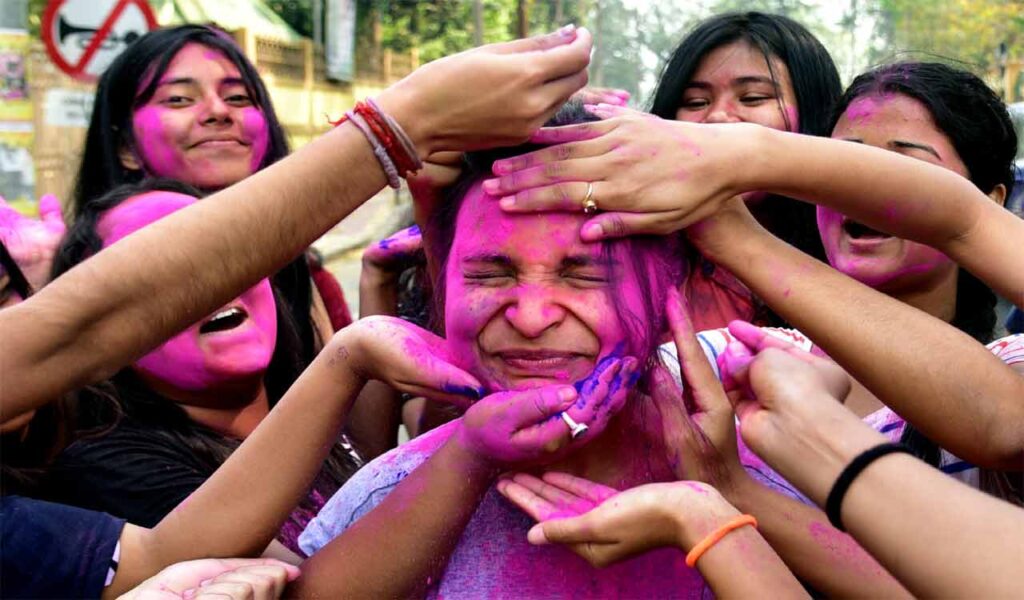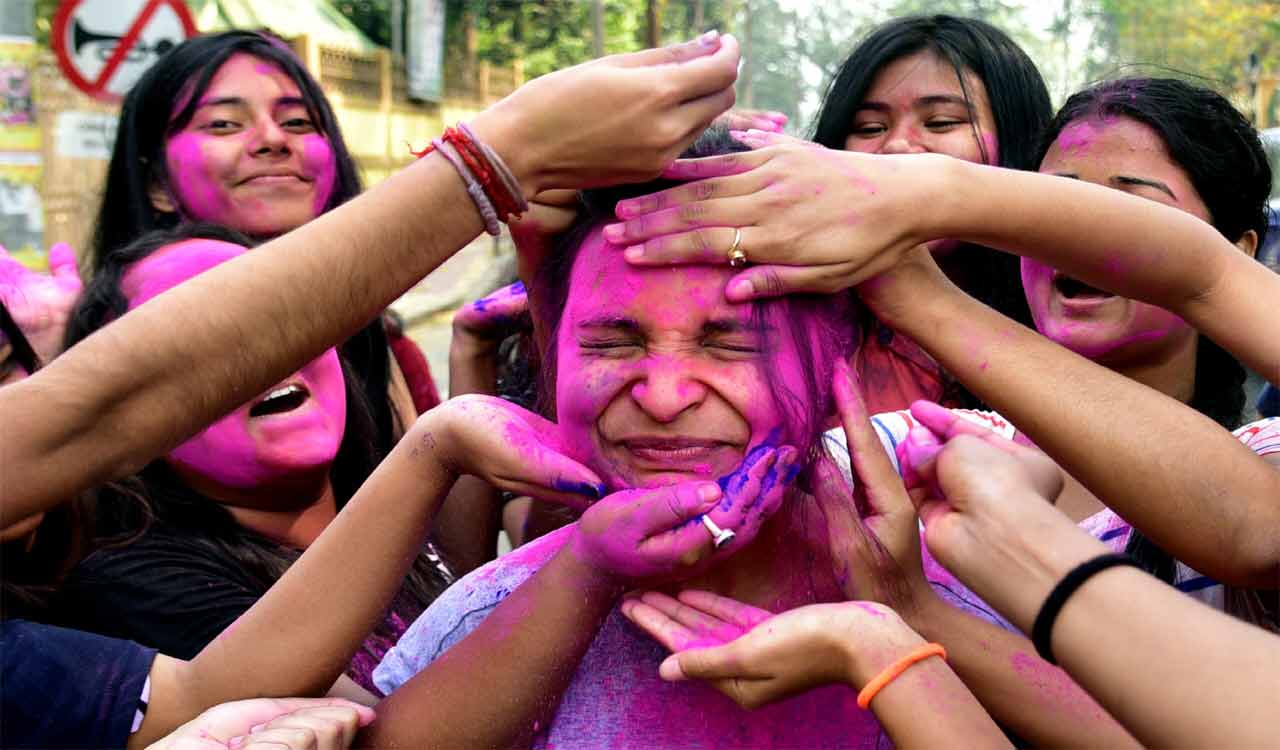It seems there might be a slight misunderstanding with the term “Holly.” If you’re referring to the festival celebrated in India during March called “Holi,” then let me provide information on that.
Holi, also known as the festival of colors, is one of the most vibrant and joyous festivals celebrated in India. It usually falls in the month of March, marking the arrival of spring and the triumph of good over evil. Here’s a closer look at the significance and traditions of Holi:
Significance:
Holi has deep cultural, religious, and social significance in India. It commemorates various legends and myths, including the legend of Prahlad and Holika, the divine love of Radha and Krishna, and the victory of good over evil. The festival is also associated with the rejuvenation of nature, as it heralds the onset of spring after the cold winter months.

Traditions and Celebrations:
Holi is celebrated with exuberant festivities that include smearing colored powders (gulal) and spraying colored water on friends, family, and strangers alike. People gather in streets, parks, and open spaces to engage in playful revelry, dance to traditional music, and indulge in festive treats and drinks like gujiya, thandai, and sweets. Bonfires are lit on the eve of Holi, known as Holika Dahan, symbolizing the victory of good over evil and the burning of the demoness Holika.
Unity and Harmony:
Holi transcends barriers of caste, creed, and class, bringing people together in a spirit of unity, love, and harmony. It is a time to mend broken relationships, forgive past grievances, and bridge social divides. The festival promotes inclusivity, as people of all ages, genders, and backgrounds participate in the colorful celebrations, breaking down barriers and fostering a sense of belonging and community.
Cultural Exchange:
Holi is celebrated not only in India but also in other parts of the world where Indian communities reside. The festival has gained popularity internationally, with people of diverse cultures and nationalities embracing its spirit of joy and camaraderie. In recent years, Holi festivals have been organized in cities across the globe, attracting tourists and visitors eager to experience the vibrant colors and infectious energy of the festival.
Religious Observance:
For many Hindus, Holi holds religious significance and is observed with prayers, rituals, and visits to temples dedicated to Lord Krishna and Radha. Devotees offer special prayers, sing devotional songs (bhajans), and participate in traditional ceremonies that highlight the divine love and playful antics of the gods.
Symbolism:
Holi is a celebration of life, love, and laughter, symbolized by the playful throwing of colors and water. It signifies the triumph of joy over sorrow, hope over despair, and friendship over enmity. The festival encourages people to let go of inhibitions, embrace spontaneity, and revel in the simple pleasures of camaraderie and shared happiness.
In conclusion, Holi is a colorful and joyous festival celebrated in India to herald the arrival of spring and celebrate the victory of good over evil. It promotes unity, inclusivity, and cultural exchange, fostering bonds of friendship and harmony among people from all walks of life.
